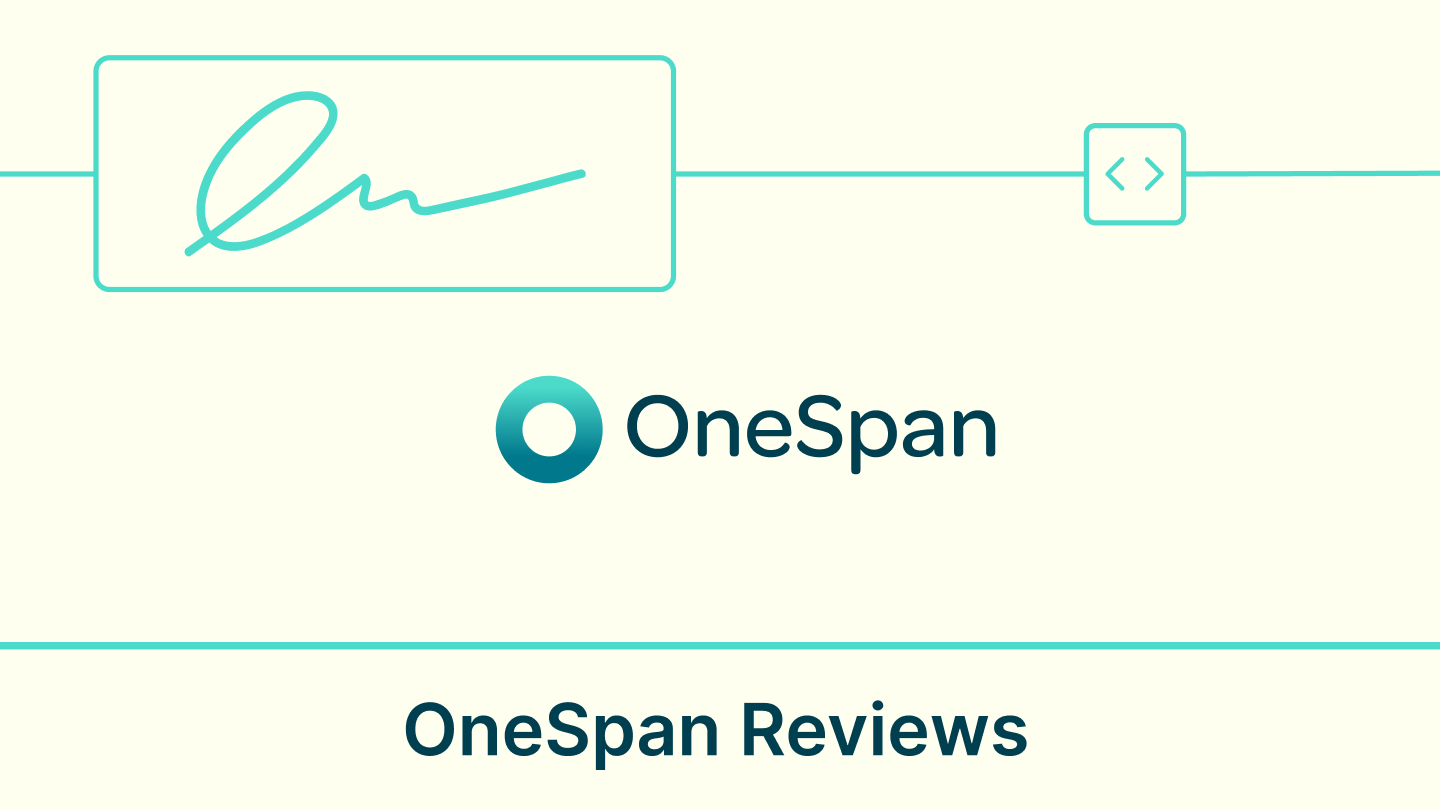A Statement of Work (SOW) is a formal document that outlines the specific tasks, deliverables, timeline, and expectations of a project or engagement. It serves as a contract between a client and a service provider, detailing the scope of work to be performed.
The SOW is commonly used in various industries and contexts, including information technology, consulting, construction, and professional services. It is typically employed when engaging external vendors or contractors to perform work on behalf of a client. The SOW serves as a reference point for both parties throughout the project, helping to manage expectations, resolve disputes, and evaluate performance.
To create an effective SOW, it is important to clearly define the project scope, objectives, and deliverables. The SOW should specify acceptance criteria, establish a timeline, outline requirements, and address payment terms.
How is a statement of work different from a contract?
While an SOW is a part of the overall contract, it differs in terms of its focus and level of detail. A contract typically includes legal terms, conditions, and obligations that govern the relationship between the parties involved. It outlines the rights, responsibilities, and liabilities of both the client and the service provider. On the other hand, the SOW provides specific information about the work to be performed, including the tasks, deliverables, and timeline.
The contract sets the framework for the overall agreement, while the SOW serves as a more specific and operational document within that framework. The SOW is often attached as an appendix or exhibit to the contract, providing a detailed description of the project that the contract refers to.
Statement of Work vs. Scope of Work
The terms “Statement of Work” (SOW) and “Scope of Work” (SOW) are often used interchangeably, but they have distinct meanings and purposes in project management. Statement of Work (SOW) is a comprehensive document that outlines the project’s objectives, deliverables, timeline, and other essential details, serving as a contract or agreement. On the other hand, the Scope of Work (SOW) refers to the specific tasks, activities, and boundaries of the project, defining what is included and excluded from the project’s scope.
What is the difference between a statement of work(SOW) and a request for proposal(RFP)?
A Statement of Work (SOW) is a document that defines the project’s objectives, scope, deliverables, and expectations. It serves as a contract or agreement. On the other hand, a Request for Proposal (RFP) is a document soliciting bids from vendors or contractors to provide a solution or service, outlining the client’s requirements and evaluation criteria.
Statements of Work in project management
In project management, a Statement of Work defines and communicates project requirements, deliverables, and expectations. It is a foundational document that guides the project team and stakeholders throughout the project lifecycle.
Here are some key aspects of SOWs in project management:
1. Scope definition
The SOW outlines the specific tasks, activities, and deliverables that must be accomplished. It helps prevent scope creep (deliverables beyond the originally defined scope) by establishing boundaries and ensuring everyone involved understands the project’s boundaries.
2. Project objectives
The SOW provides clarity regarding project objectives, requirements, and constraints. It sets clear expectations for both the project team and stakeholders, ensuring a shared understanding of what will be delivered and when.
3. Resources and staffing
The SOW identifies project team members’ roles, responsibilities, and specific skills or qualifications needed. It may also include equipment, tools, facilities, or other tangible resources necessary for the project. It outlines who is accountable for each task, fostering effective project governance and reducing ambiguity.
4. Timeline and milestones
The SOW establishes the project timeline, including key milestones and deadlines. It helps track progress and ensures that the project is on schedule.
5. Deliverables and acceptance criteria
SOW defines the project’s deliverables and the criteria for accepting them. Deliverables refer to the tangible or intangible outcomes that will be produced as a result of the project. Acceptance criteria, on the other hand, are the predetermined standards or conditions that must be met for each deliverable to be considered complete and acceptable. This ensures that all parties have a common understanding of the expected outcomes and quality standards.
6. Communication and collaboration
The SOW serves as a communication tool between the project team, stakeholders, and clients. It provides a reference point for discussions, updates, and decision-making throughout the project.
7. Change control
SOW includes provisions for managing changes to the project scope, timeline, or budget. It helps establish a change control process, ensuring that any deviations from the original plan are properly documented, assessed, and approved.
8. Contractual agreement
In project management, the SOW is often a component of the overall contract between the client and the service provider. It outlines the work to be performed and serves as a reference for legal and contractual obligations.
9. Assumptions and Dependencies
The SOW outlines any assumptions made during the project planning phase. Assumptions are factors or conditions that are believed to be true but have not been fully validated. Dependencies refer to any external factors or activities that are required for the project’s success. Clear identification and documentation of assumptions and dependencies help manage risks and facilitate effective project planning.
How do you prepare a statement of work?
Preparing a Statement of Work (SOW) involves several key steps to ensure its effectiveness and accuracy. To prepare a Statement of Work (SOW), follow these steps:
- Define project objectives and outcomes.
- Outline the scope and deliverables.
- Set clear requirements for each deliverable.
- Establish timelines and milestones.
- Identify required resources and responsibilities.
- Include assumptions and dependencies.
- Define acceptance criteria for deliverables.
- Review and refine the SOW before finalizing.
Types of Statements of Work
There are various types of Statements of Work (SOWs) that can be used depending on the nature and requirements of a project. Here are some common types of SOWs
1. Functional Statements of Work
This type of SOW focuses on the desired functionality or features of the deliverables. It describes the required capabilities, specifications, and performance expectations of the product or service to be delivered. Functional SOWs are commonly used in software development projects, where specific functionalities or system requirements must be clearly outlined.
2. Performance Statements of Work
Performance-based SOWs emphasize the desired outcomes and performance standards rather than prescribing how the work should be done. They focus on measurable results and performance metrics that need to be achieved. Performance SOWs are frequently used in service-oriented contracts, where the emphasis is on meeting specific performance levels or service level agreements (SLAs).
3. Design and build Statements of Work
This type of SOW involves both the design and construction aspects of a project. It includes creating detailed designs, architectural plans, or engineering specifications, as well as the subsequent construction or implementation of the designed solution. Design and build SOWs are common in construction projects or projects involving the development of complex systems.
4. Hybrid Statements of Work
Hybrid SOWs combine elements from different types to address specific project needs. They may include functional requirements, performance metrics, design specifications, and construction details, depending on the complexity and nature of the project. Hybrid SOWs are often used when multiple aspects or dimensions of a project must be clearly defined and coordinated.
Importance of a Well-Written Statement of Work
Investing time and effort into creating a thorough and precise SOW upfront pays off by setting the project on a path toward successful completion while mitigating risks and fostering collaboration among stakeholders. A well-crafted SOW is essential for
1. Facilitating communication and understanding among stakeholders
SOW ensures clear communication and understanding among all project stakeholders. It provides a common reference point for the project team, clients, vendors, and other parties involved. By clearly articulating the project objectives, scope, and deliverables, the SOW ensures everyone is on the same page and working towards a shared vision.
2. Reducing misunderstandings and disputes
A detailed and well-defined SOW helps minimize misunderstandings and conflicts during the project lifecycle. By explicitly outlining the project requirements, tasks, timelines, and expectations, the SOW leaves little room for ambiguity. This clarity significantly reduces the chances of misinterpretations and disagreements, enabling smoother project execution.
3. Establishing a clear framework for project management
The SOW serves as a roadmap for project management. It provides a structured framework that guides the project team in planning, executing, and monitoring the project’s progress. The SOW sets the boundaries, defines deliverables, and highlights critical milestones, ensuring the project stays on track and aligns with the overall objectives.
4. Providing a basis for measuring project success
A well-written SOW establishes measurable criteria for project success. By including specific deliverables, acceptance criteria, and performance metrics, the SOW provides a foundation for evaluating the project’s achievements. It enables the project team and stakeholders to assess the progress, measure the outcomes against the defined criteria, and determine whether the project goals have been met.
Best practices for developing Statements of Work
Developing a well-crafted Statement of Work (SOW) requires adherence to best practices to ensure its effectiveness and success. Here are some key practices to follow when creating an SOW
1. Involving all stakeholders in the development process
It is crucial to engage all relevant stakeholders throughout the SOW development process. This includes project managers, clients, subject matter experts, and key team members. By involving stakeholders from the beginning, you can gather diverse perspectives, incorporate valuable insights, and ensure that all requirements and expectations are adequately captured.
2. Keeping the document concise and clear
The SOW should be concise, focused, and easy to understand. Use clear language and avoid technical jargon whenever possible. Clearly define project objectives, scope, deliverables, and timelines in a manner that is easily comprehensible to all stakeholders. Avoid unnecessary complexity or excessive detail that may confuse readers or hinder their understanding.
3. Ensuring all requirements are measurable and achievable
It is crucial to define requirements in a manner that is measurable and achievable. Use specific and quantifiable metrics to describe deliverables, performance expectations, and success criteria. Ensure the requirements are realistic and attainable within the project’s constraints, including time, budget, and available resources.
4. Reviewing and revising the document regularly
The SOW is not a static document. It should be regularly reviewed and revised as the project progresses and requirements evolve. Conduct periodic reviews to ensure that the SOW remains aligned with project goals, objectives, and changes in scope. Involve stakeholders in the review process to validate the document’s accuracy and completeness.
5. Seeking legal and contractual expertise
Depending on the nature of the project and the contractual agreements involved, it may be beneficial to seek legal or contractual expertise to ensure that the SOW is in compliance with relevant laws, regulations, and contractual obligations. This can help mitigate risks, protect the interests of all parties, and establish a solid foundation for the project.











